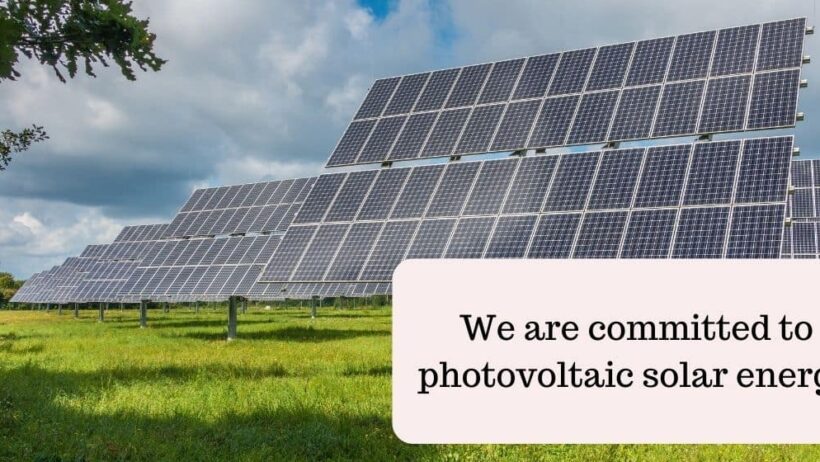As the world grapples with the impacts of climate change, the shift towards renewable energy sources has never been more imperative. Among these, solar energy stands out as a formidable ally. With its capacity to harness the sun’s inexhaustible power, solar energy presents a tantalizing promise for sustainable living. However, to truly reap its benefits, we must investigate methods to conserve solar energy for future utilization. This endeavor encompasses innovative technologies, changes in societal behaviors, and policy reforms that together can help create a resilient and sustainable energy landscape.
Firstly, it is crucial to understand the principles of solar energy conservation. Solar energy systems, notably photovoltaic panels, convert sunlight into electricity. This conversion is not just limited to immediate use; innovations in energy storage can allow excess energy generated to be conserved for later use. One of the most promising advancements in this area is the development of high-capacity battery systems. These batteries, such as lithium-ion and emerging solid-state variants, enable the efficient storage of solar energy during peak sunlight hours. By employing such technologies, households and businesses can harness solar power even during times when the sun is not shining.
Moreover, improving the efficiency of solar panels is essential for optimizing energy conservation. Current technologies are continually evolving, with research focused on enhancing the conversion rates of sunlight into electricity. Third-generation solar technologies, like perovskite solar cells, have shown immense potential in laboratory settings, often surpassing the efficiencies of traditional silicon-based panels. As these advanced systems become commercially viable, they can bolster the amount of solar energy that is harnessed and conserved, paving the way for broader access to renewable energy.
In addition to technological advancements, consumer behaviors play a pivotal role in solar energy conservation. Education and awareness campaigns are vital in fostering a culture that values renewable energy. By informing the public about the benefits of solar energy and advocating for responsible energy consumption practices, a shift in perspective can occur. When individuals understand the long-term benefits of utilizing solar energy, including lower utility bills and a reduced carbon footprint, they are more likely to invest in solar technologies and adopt energy-efficient habits.
Another facet of solar energy conservation involves optimizing the design and placement of solar panels. This architectural approach is often referred to as “solar orientation.” By strategically placing solar panels to maximize sunlight exposure—considering factors like geographical location and local weather patterns—homeowners can significantly increase the efficiency of energy capture. For example, installations that are tilt-optimized or designed to track the sun can enhance the amount of energy harnessed throughout the day. When effectively coupled with storage solutions, these installations can provide a consistent energy supply, even during periods of reduced sunlight.
Government policies also play an integral role in fostering solar energy conservation. Incentives for solar panel installation, such as tax credits and rebates, can reduce the initial financial barriers faced by consumers. Furthermore, developments in supporting infrastructure, such as improved grid systems and smart technology integrations, can mitigate the inefficiencies associated with energy distribution. Policies encouraging the establishment of community solar projects provide another avenue for solar energy to flourish. These initiatives allow multiple households or organizations to share access to a single solar array, broadening the reach of solar power and facilitating energy conservation on a larger scale.
Moreover, innovations in demand-response systems can revolutionize how we use solar energy. Demand response enables utilities to adjust power distribution based on real-time energy consumption data. These systems can incentivize consumers to utilize excess solar energy generated during peak production hours, effectively reducing reliance on fossil fuels during high-demand periods. Such intricate alignment between consumer behavior and energy availability can lead to optimal solar energy use and conservation.
Looking further into the future, the concept of solar-powered microgrids holds great promise for community energy independence. Microgrids operate independently or in conjunction with the traditional grid and are designed to integrate local renewable resources, including solar energy. By consolidating energy production, distribution, and storage at the community level, these systems offer a resilient solution against central grid failures and enhance the overall efficiency of energy utilization. As such, they could become beacons of sustainable energy practices worldwide.
Furthermore, exploring alternative innovations in solar technology could unlock even greater potential for conservation. Innovations like transparent solar panels, which can be incorporated into windows, or solar fabrics that can harness energy while blending seamlessly into the fabric of buildings and clothing, represent the frontier of what’s possible in the realm of solar energy. By adopting such avant-garde technologies, the barriers to solar energy access can diminish significantly, making conservation and efficient use attainable for all demographics.
Ultimately, the conservation of solar energy for future use is a multifaceted endeavor that requires collaboration across various sectors—technological, social, and governmental. By integrating advanced storage solutions, optimizing solar capture techniques, fostering public awareness, and enacting supportive policies, society can unlock the expansive potential of solar energy. The promise that lies in harnessing one of the Earth’s most abundant and renewable resources is not merely about energy conservation; it is a pledge towards a sustainable future, embodying hope and proactive measures against climate change. As we continue to explore and innovate, our commitment to conserving solar energy will undoubtedly pave the way for generations to come.








